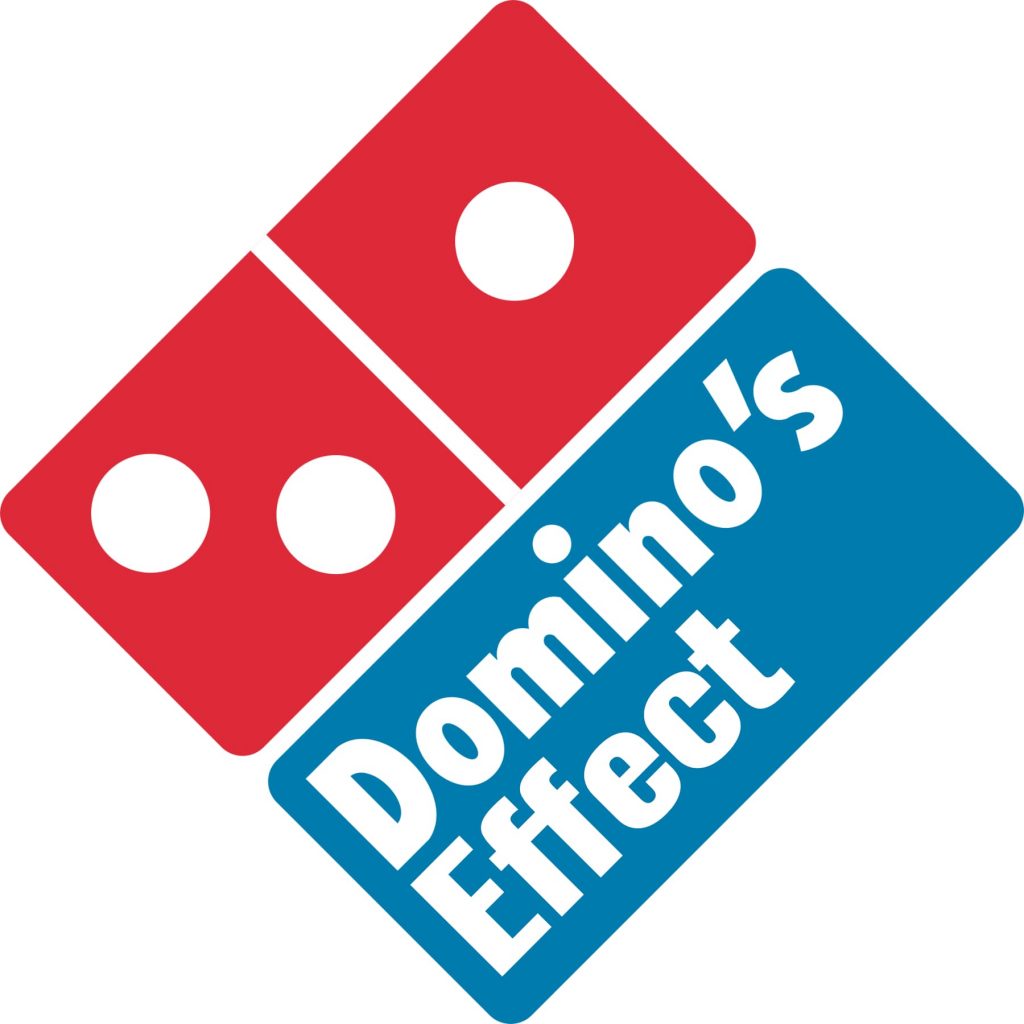
Why having an accessible website matters
“Supreme Court allows blind people to sue retailers if their websites are not accessible” LA Times July 10th 2019
American man, Guillermo Robles, filed a lawsuit against Domino’s Pizza for not allowing him to order a pizza online. Guillermo, who is blind, cited the US Americans With Disabilities Act of 1990 which guarantees to people with a disability “full and equal enjoyment of the goods and services … of any place of public accommodations.”
Domino’s lawyers argued that this didn’t apply to websites or apps, but the US Supreme Court disagreed and suit stands.
Joseph R. Manning Jr., representing Guillermo Robles, said the high court made “the right call. There can be no debate that the blind and visually impaired require accessible websites and mobile apps to function on an equal footing in the modern world.”
Consider the frustration we experience when the wi-fi goes down or we find ourselves in a wireless blackspot. We know that the internet will come back for us but for blind and visually impaired people who are constantly running into websites that are unusable, it must feel like there is no hope.
Google has a method (algorithm) for ranking websites. This method gives your website a score after Google has crawled your website front and back. Years ago, this algorithm was quite simple, but now the algorithm is incredibly complicated using dozens of metrics to rank and offer the most relevant results to its users.
And Google knows that some of its users are blind and partially sighted people.
So, for blind and partially sighted visitors, it is important to optimise your website for screen readers and magnifiers.
For the visibility and ranking of your website on Google, it is important to optimise your website for accessibility. Doing the right thing is good for your users and your business.
The Law
In 2019 the US Federal Court received filings for 2,256 website accessibility lawsuits.
76% of these lawsuits were bought against retail websites with the food service industry next in line at 12% of total filings. The 2020 UseableNet Industry breakdown.
This is a big deal in the US but what does it mean for website owners in Australia?
Disability Discrimination Act 1992
In section 5 of the Australian Act, “direct disability discrimination” is identified when a person or company doesn’t make reasonable adjustments for a disabled person. This failure to make the reasonable adjustments has, or would have, the effect that the aggrieved person is, because of the disability, treated less favourably than a person without the disability would be treated in circumstances that are not materially different.
And yes, this Australian Act applies to websites and apps.
The Numbers
“In 2016, more than 453,000 Australians are living with vision impairment or blindness.” National Eye Health Survey Report
Blind people use the internet and they have been on your website. Did they order, enquire or buy from your website? You may never know.
Blind visitors don’t solely use a computer screen to navigate the web. Instead, a computer voice reads out the content of a webpage for them. There are challenges with this solution.
Imagine every time you opened a webpage you had to read every top menu item before you knew if you were on the right page?
“List with six items. Home, Services, Pricing, About, Booking, Contact”.
“Page Heading. Pricing”
Partially Sighted also have the option to use a screen magnifier. A magnifier shows a smaller part of the screen in a much larger view. This is a great solution but again, there are challenges when you can’t scan the entire page.
Beyond giving everyone a fair experience of your website – think of this as offering a ramp for people to access your building. There are benefits to your business to having an accessible website.
Solutions
To check your website for accessibility problems, go to the website below and enter the URL of your website.
Don’t feel bad about the results, an accessibility evaluation of the home pages for the top 1,000,000 web sites found 98.1% of home pages had detectable accessibility failures.
Act on this today, send the WebAim link to your web developer and discuss the process for improving the experience for blind and partially sighted users of your website.
I will be sharing techniques to improve your website accessibility in future posts. If you would like to know when I post again, sign up to my very occasional email list at the bottom of the page.
*Update February 2021
I received an email from Janis von Bleichert of experte.com and he has pointed us to their fantastic accessibility assessment tool: https://www.experte.com/accessibility
We have started using this to assess an entire site and then use the WebAim tool to drill down on individual tools. Thank you Janis for this great tool!